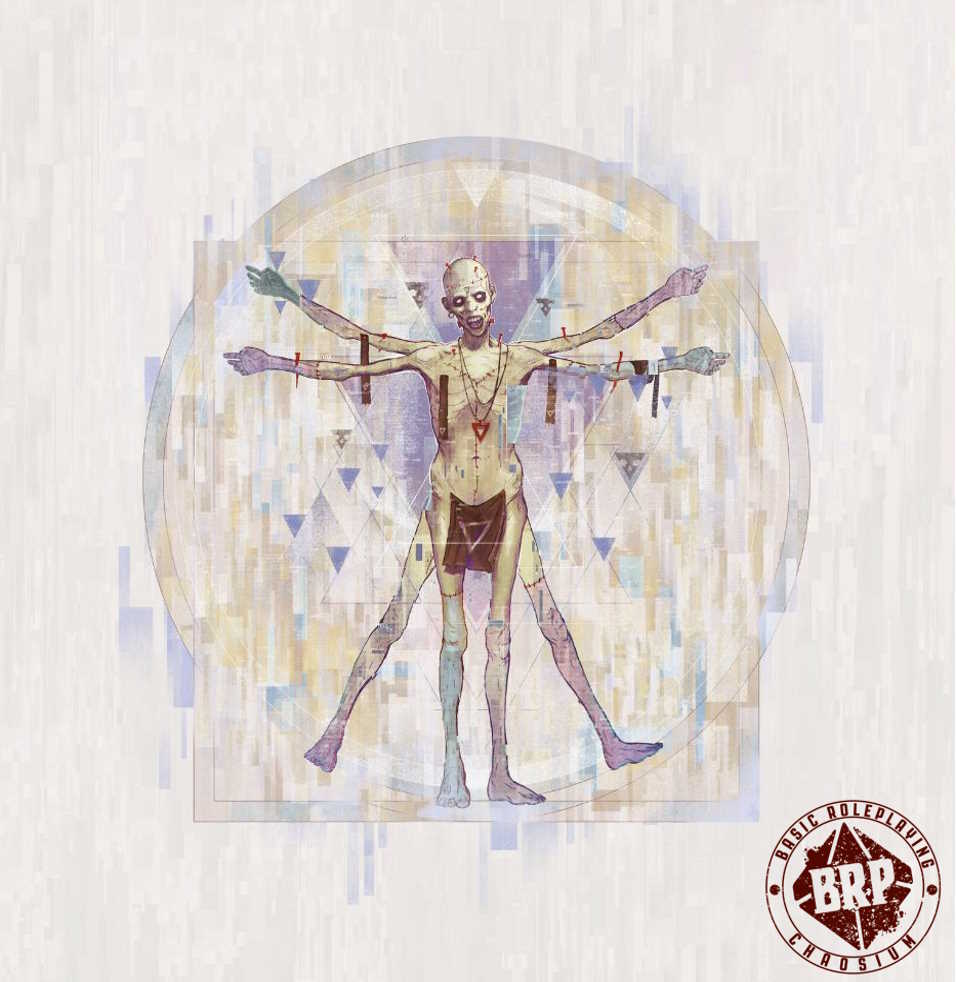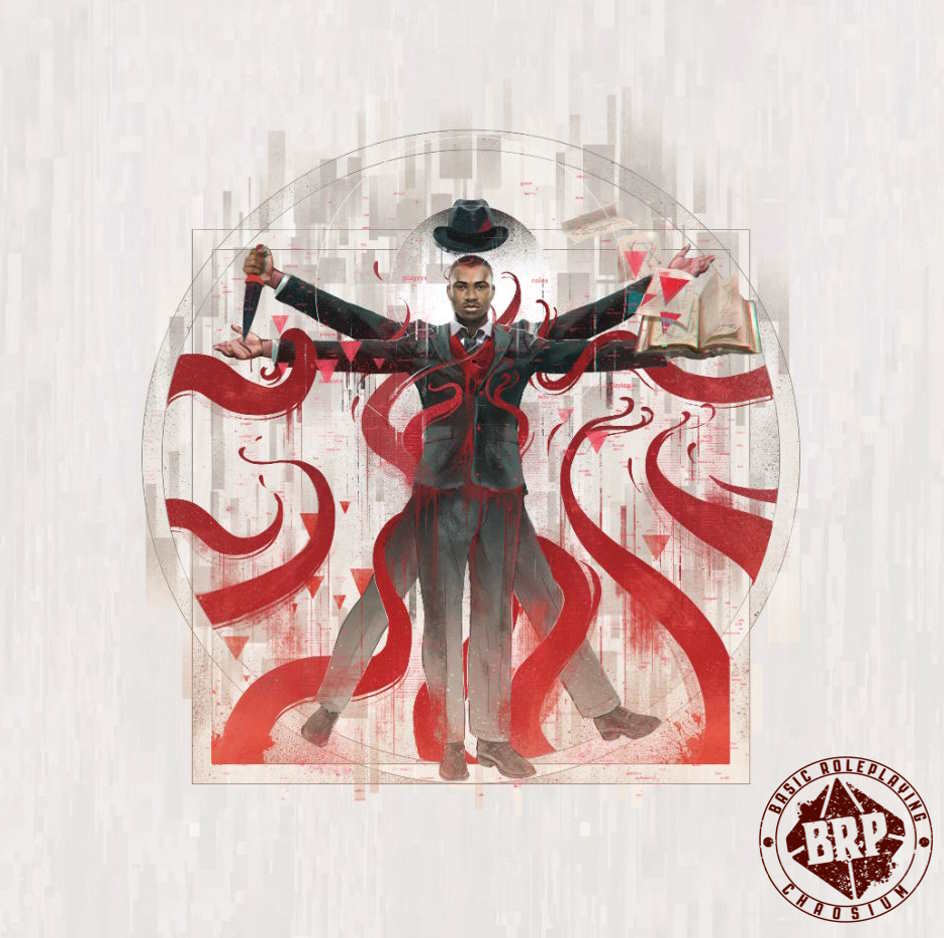BRP Design Challenge: 11 Tips For Starting a New Game Design Project
Posted by Brian Holland on 12th Apr 2024
The Basic Roleplaying Design Challenge is well underway! Given you absolutely do not need to have a completed game or manuscript in order to enter the competition, it’s never too late to start!
Beginning a new creative project can be a big hurdle—few things are as intimidating as a white blank page! We wanted to share these 11 tips to help get you started!
1. Start With What Interests You
One of the best ways to get started on an essay is to skip the introduction and write it later, when you’re finished. Similarly with game design projects, there are bound to be some aspects that inspire you more than others. We recommend you start with these!
If you have a truly stellar setting or world in mind, begin by putting that to paper. If you’ve thought of an interesting interpretation of the BRP rules, or unique application of an existing mechanic, begin by explaining that.
Starting with the aspect of the project you’re most excited about is a great way to build momentum for everything else!
2. Blank Page, Blank Desk!
A sure-fire way to clear your mind and set your intentions is to tidy your workspace—be it a desk, a coffee table, your couch, or your bed, having an organized and clean workspace removes distractions and lets you focus on what you’re about to do: create a game!
This one might sound either odd, or obvious, but everyone has a different way of setting intentionality, and we’ve had a lot of success with this!
3. Ask Yourself “What if…?”
Some of the most interesting settings can come with taking a single concept taken for granted, something you don’t pay much attention to, and focusing on it, drilling down and extrapolating what gameplay and fictional options open up to you.
This can be a historical era you’re interested in, a place that hasn’t been explored much in gaming, or even a race of creatures that’s rarely had the spotlight on it in a game before. The “Settings” chapter of BRP includes many interesting eras and genres, and gives advice on mixing-and-matching them to come up with a fresh new setting, such as Fantasy Noir, or adding folkloric heroes to the Wild West. or a game about undead in an endless Necropolis. Maybe an apocalyptic event happened at the end of 999 AD and it’s a post-apocalyptic Iron Age early medieval world with demons and hellspawn running amok in a world seemingly abandoned by Heaven.
What sort of fun gameplay could come out of that?
4. Playtest and Listen to Feedback!
Getting feedback is an important aspect of designing a game! Once you’ve got your ideas together, seek out friends whose opinions you value and you enjoy playing games with. Try out your game with them; watch them as they engage with your text and play your game.
You definitely don’t have to take everything on board that playtesters or reviewers think of your game, but honest feedback can be extremely valuable.
Please note, you don’t necessarily have to undergo copious rounds of feedback and playtesting before submitting your proposal to the BRP Design Challenge. You could, for example, add in your Project Plan that there will be time later for playtesting and review. But we assure you: at whatever point in the development process you do get to playtesting, your eventual game will be the better for it!
5. Keep It Simple
Legendary game designer Erick Wujcik said that when he started with a fresh slate of a game design, he’d only add mechanics when they were absolutely needed, often discovering the gaps in rules during playtesting. BRP as a chassis can be stripped down quite a lot.
- Skills can be consolidated, the list dramatically shortened.
- Combat can be simplified, perhaps eliminating one of the different levels of success or combining the critical range of 1/20 and the special success of 1/5 into a critical that happens in the 1/10 range.
- Initiative can be simplified to a simple DEX roll, with successful characters going before their foes and failed rolls going later.
- Damage modifiers can be averaged, so +1D4 becomes +2, +1D6 becomes +3, etc.
- Criticals can be simplified to “maximum effect”, so instead of rolling damage and figuring out a special result, just use the maximum die result and keep going.

6. Season to Taste
One thing you might do is look at a game you like and see if there’s something you can take from it and make it your own, perhaps a parallel game with a neat twist that appeals more to you.
For example, there are a few games featuring cats as the player characters, whether set in the Cthulhu Mythos or set in modern-day America. How about a roleplaying game about dogs? You could define the different breeds in terms of starting characteristics (and are they in relation to humans or based on a dog-centric scale?), maybe add “Scent” as a new skill, and eliminate all irrelevant skills. What sort of world does this mismatched pack of dogs inhabit? Is it a vast junkyard filled with all sorts of strange creatures and rival packs, or are these dogs the survivors in a world where all the humans have disappeared mysteriously?
7. Focus on what’s Important for your Setting
Try to tailor the rules to really fit the setting you are creating. A game of political intrigue doesn’t need the same level of combat detail as one where your characters are captured warriors trying to survive in the Roman gladiator pits.
The rules should be there to support the setting more than define it. That is exactly what the optional rules and systems in Basic Roleplaying let you do!
8. Add your Own Subsystem if needed
The strength of Basic Roleplaying is the ability to adapt and incorporate additional subsystems. If the current Powers do not support what you need, you can use them as a guide to add another Magic Point-based Power system for crafting Runes or using Tarot Magic. The Rivers of London: The Roleplaying Game does exactly that.
9. Reskin existing creatures to fit your Setting
If creature design is not your forte, you can reuse existing creatures. Just by changing the description and making a few tweaks you can make a lizard man into the feared Vargurar aliens intent on subjugating the planet.
This lets your run complex, but familiar, creatures like vampires without creating a lot of work for you or gamemasters running your system.
10. Don’t change what doesn’t need changing
Try not to reinvent the wheel. Change for the sake of change isn’t something to strive for. If you are creating a horror system that appeals to fantasy players, it may not be the time to introduce a different combat or powers system if the existing ones will suffice. The easiest it is for people to pick up and start playing your game, the better the chance of its broader adoption.
11. Read About How Others Did It
Others have been right here before you! They also had an idea for a tabletop roleplaying game but weren’t sure where to start. Read about their experiences as they went through the steps to publication – the lessons they learned, the mistakes they made.
Here are some examples:
- LEVEL 0: How to start designing your first tabletop role-playing game? - Bruno Lauris
- How to design and publish your own tabletop RPG - Polyhedra Games
- How to design a Tabletop RPG (WikiHow) - Legends of Avantris and Janice Tieperman
- Make your own roleplaying game - Dice Geeks
- How to make a roleplaying game - Dicebreaker
Hopefully these tips will help you get started, or reward you with a second wind for your creative process! The BRP Design Challenge is open to submissions! You have until May 31st, 2024 at 11:59pm Pacific US time to submit your game—we can't wait to check it out!


